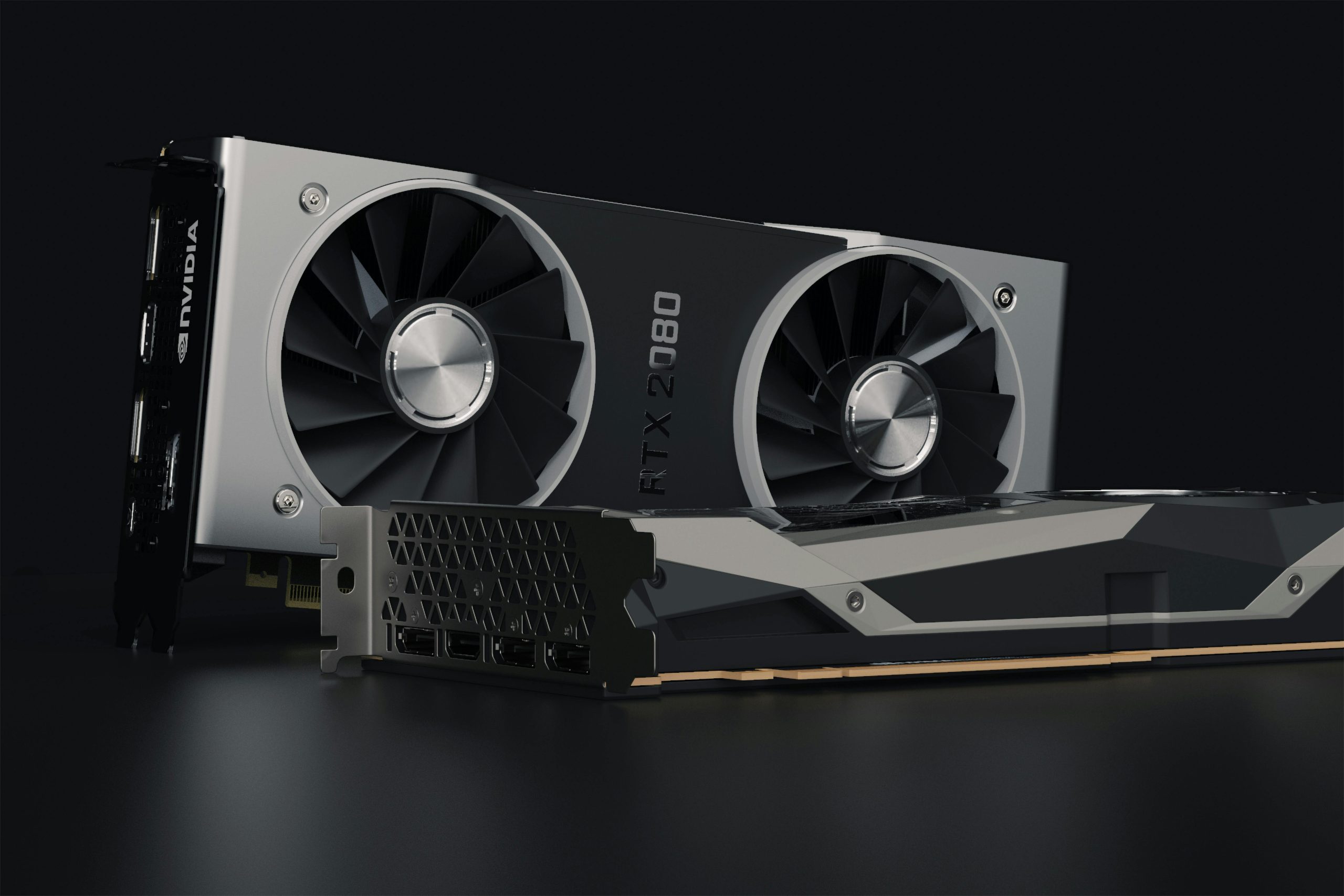Nvidia and AMD purposefully keeping consumer GPU VRAM low
The Hidden Strategy Behind VRAM Limitations in Consumer GPUs: A Closer Look at Nvidia and AMD
In the world of computer hardware, especially graphics processing units (GPUs), the amount of video memory (VRAM) plays a critical role in determining performance and capability. Recently, some industry observers have begun to speculate about the motivations behind the VRAM sizes offered in mainstream consumer GPUs from major players like Nvidia and AMD.
It appears that these leading manufacturers may intentionally keep VRAM capacities in their consumer-grade graphics cards relatively modest. The rationale? A strategic focus on their data center markets and AI infrastructure.
The Business of Data Centers and AI
Nvidia and AMD have evolved into key players in the data center industry, generating significant revenue from enterprise-grade hardware designed for large-scale AI processing. These data centers require immense computational power and memory resources—often far beyond what consumer GPUs provide.
VRAM as a Bottleneck for Local AI Processing
One of the primary limitations when running artificial intelligence models locally on personal computers is GPU memory. High-quality AI workloads demand substantial VRAM; without it, processing can become slow or even impossible. Interestingly, it doesn’t seem to require extraordinary effort for manufacturers to produce consumer GPUs with significantly larger VRAM capacities—say, 64GB or more. Given technological advancements, such options have been feasible for several years.
Why Haven’t We Seen Them Yet?
Despite the potential, consumer GPUs with massive VRAM haven’t become mainstream, even as far back as 2020. This reluctance might be a deliberate tactic to steer consumers toward centralized AI services hosted in data centers, which rely on high-end enterprise hardware.
If typical users could run sophisticated AI models directly on their personal devices, the demand for large-scale data center infrastructure would decline. This could impact the revenue streams for companies like Nvidia and AMD in their enterprise segments.
A Strategic Allocation of Resources
By limiting VRAM in consumer GPUs, these companies may be encouraging more users to utilize cloud-based AI solutions rather than local processing—thus maintaining a steady flow of business for their data center operations.
Your Thoughts?
This perspective raises interesting questions about the broader ecosystem of AI hardware and the strategic decisions made by GPU manufacturers. Do you believe this balance of marketing and technology is intentional? Share your insights below.
Note: The above analysis is speculative and based on industry observations. As technology evolves, these dynamics may shift.














Post Comment